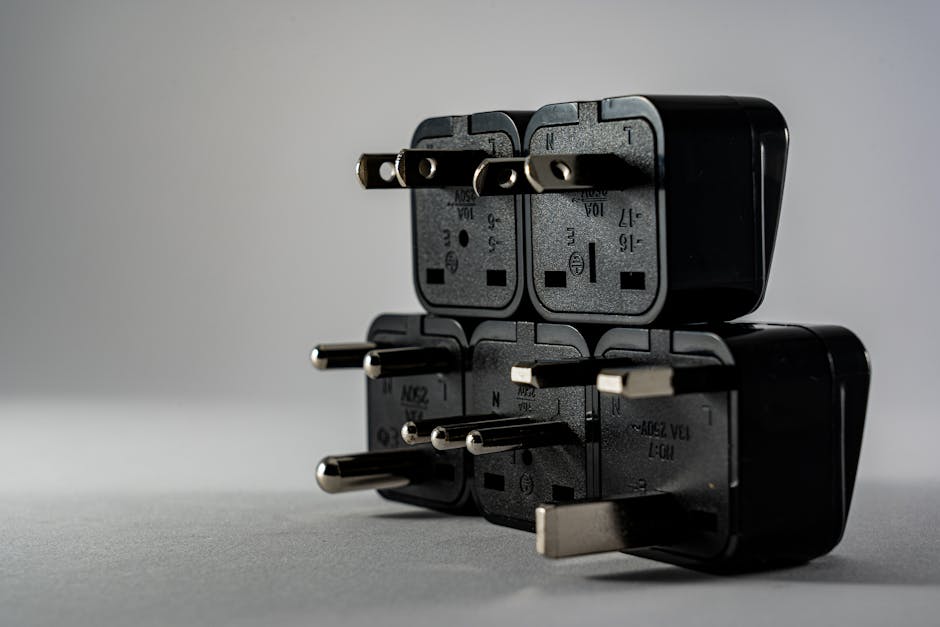In today’s fast-paced world, where energy conservation is becoming increasingly critical, many of us are looking for ways to reduce our electricity bills and minimize our environmental footprint. One common piece of advice is to unplug appliances when they’re not in use. But does this simple act really make a difference? Let’s dive into the science, costs, and practicality of unplugging appliances to understand whether it’s worth the effort.
The Phantom Load: A Silent Energy Drain
Even when turned off, many appliances continue to draw power if they’re left plugged in. This phenomenon is known as “phantom load” or “vampire power.” Devices like televisions, chargers, gaming consoles, and microwaves often remain in standby mode, consuming electricity to power features like clocks, remote sensors, or instant-on capabilities. According to the U.S. Department of Energy, phantom load can account for up to 10% of a household’s electricity usage. In India, where energy costs are rising and power shortages are common, this wasted energy can add up significantly over time.
The Savings Potential
Unplugging appliances can lead to noticeable savings on your electricity bill. For instance, a study by the Bureau of Energy Efficiency (BEE) in India found that unplugging just five common devices (TV, microwave, charger, laptop, and gaming console) could save an average household up to ₹500 annually. While this might seem like a small amount, it’s a simple habit that, when combined with other energy-saving practices, can make a meaningful impact.
Moreover, reducing phantom load contributes to lowering overall energy demand, which is particularly important in a country like India, where power generation often relies on fossil fuels. By cutting down on unnecessary electricity usage, households can play a part in reducing carbon emissions and combating climate change.
Practical Tips for Unplugging Appliances
While unplugging appliances is beneficial, it’s not always practical to disconnect every device after each use. Here are some strategies to make the process easier and more efficient:
1. Use Power Strips: Plug multiple devices into a single power strip and turn it off when not in use. This eliminates the need to unplug each device individually.
2. Smart Plugs: Invest in smart plugs that allow you to control appliances remotely via a smartphone app. These devices can be scheduled to turn off automatically during specific times.
3. Prioritize High-Energy Devices: Focus on unplugging appliances that consume the most energy in standby mode, such as TVs, microwaves, and chargers.
4. Adopt Energy-Efficient Appliances: Look for devices with a high star rating from BEE, as these are designed to minimize energy consumption, even in standby mode.
The Bigger Picture
While unplugging appliances can help reduce electricity usage, it’s just one piece of the puzzle. To make a more significant impact, households should also consider other energy-saving measures, such as switching to LED bulbs, optimizing air conditioner usage, and investing in renewable energy sources like solar panels.
Additionally, raising awareness about energy conservation is crucial. Schools, communities, and media platforms can play a vital role in educating people about the importance of reducing phantom load and adopting sustainable practices.
Conclusion
Unplugging appliances when not in use is a simple yet effective way to prevent unnecessary electricity usage. While the savings may seem modest at an individual level, collectively, this small habit can lead to substantial energy conservation and cost savings. In a country like India, where energy demand is growing rapidly, every watt saved counts. So, the next time you leave a room, take a moment to unplug—it’s a small step that can make a big difference for your wallet and the planet.
What are your thoughts on this practice? Have you noticed a difference in your electricity bill after unplugging appliances? Share your experiences in the comments below!



